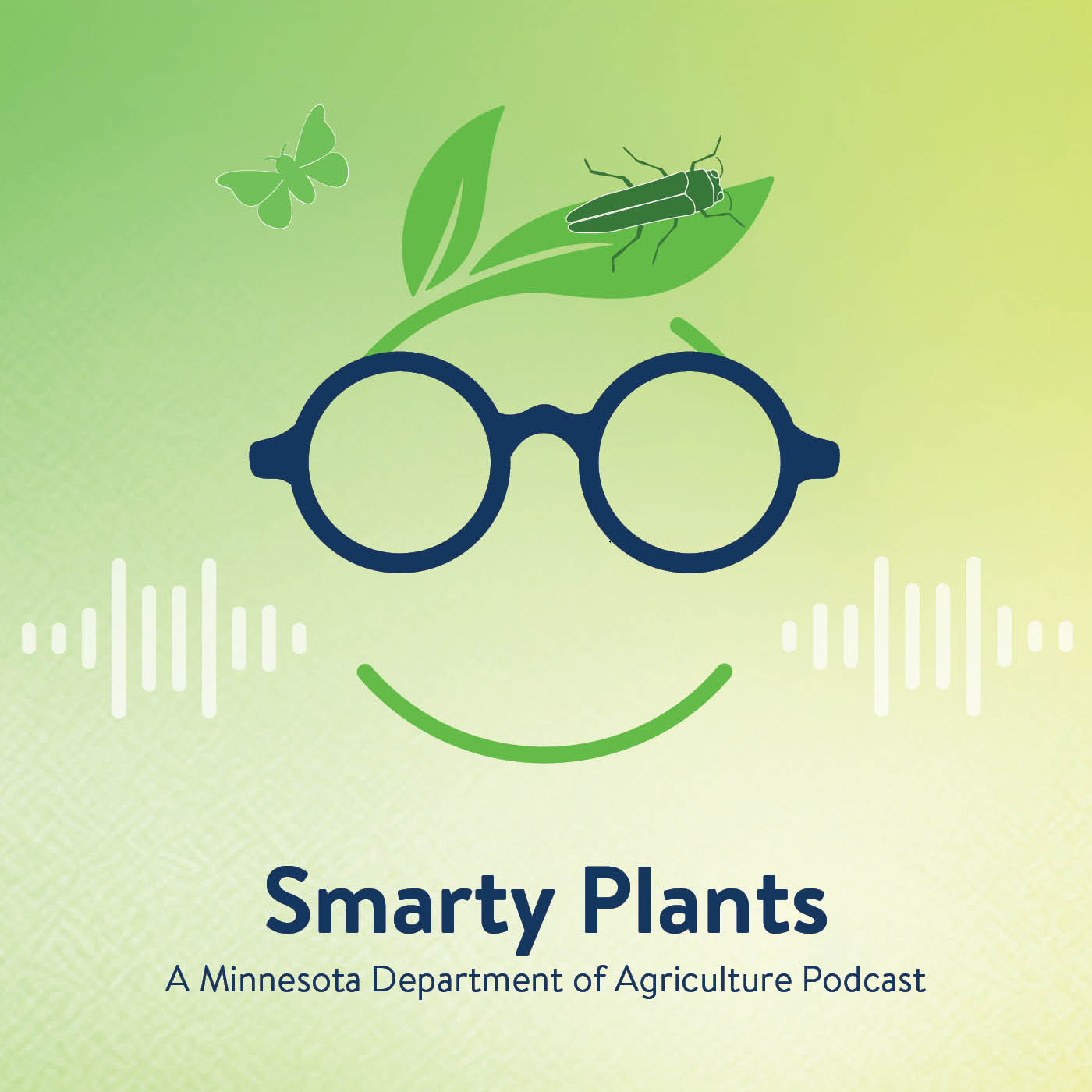Scientific name: Fiorinia externa Ferris
Native Range: Japan and China
At Risk
Elongate hemlock scale develops and reproduces on 43 species of native and non-native conifers. Primary hosts include hemlocks (Tsuga spp.), firs (Abies spp.), and spruces (Picea spp.). Several of these tree species are native to the United States. Spruce and fir are considered more susceptible than hemlock, but the elongate hemlock scale has not become established in areas where those trees dominate.
Distribution
Believed to be introduced from Japan, elongate hemlock scale was first found in New York in 1908. It is now established in the eastern United States. Since 2018, it has been intercepted in Minnesota on holiday greenery but is not established in the state.
Biology
Scales are very small insects that feed on plant sap using piercing-sucking mouthparts. They secrete a waxy coating for protection and, once they begin feeding, typically remain stationary.
In northern regions, elongate hemlock scale completes one generation per year. However, two generations per year may occur in southern regions. This insect typically overwinters as an egg or a female carrying eggs.
The life cycle consists of immobile adults and mobile immature “crawlers”. Crawlers are the only part of the life cycle capable of dispersing and establishing new populations, and this usually occurs via birds or the wind. The life stages broadly overlap, so crawlers may be found throughout spring and summer. Males and females look quite different because the males have wings.
Identification/Damage
The elongate hemlock scale female, which would normally be seen if an infestation is present, is dark brown, longer than wide, and typically found on the underside of the needles. However, these insects are very hard to detect. Signs of elongate hemlock scale include a yellow banding on the top of infested needles which can lead to premature needle drop. The crowns of infested trees may have a thin appearance. This insect has been intercepted several times in Minnesota, and if it becomes established, it could pose a threat to our native conifer species such as spruces and firs.
In the United States, this pest is established in the Atlantic States and sometimes occurs alongside two other exotic pests - a circular hemlock scale (Nuculaspis tsugae) and the hemlock woolly adelgid (Adelges tsugae).
Look-a-likes
There are a multitude of scale insects that will infest conifers, many of which look very similar. It is important to have the insect properly identified by a specialist.
Regulatory Status
Elongated hemlock scale is not currently found in Minnesota but it is considered a potential plant pest. For these reasons, the MDA takes steps to prevent the movement of this insect into the state. Items such as nursery stock, Christmas trees, and other holiday greenery entering Minnesota from areas with elongate hemlock scale are inspected to prevent the sale of infested material.
What Can I Do?
Inspect your holiday greenery for elongate hemlock scale. If you find small (~2mm long) yellow-brown parallel-sided spots on the underside of needles, please take a picture and report it to the Minnesota Department of Agriculture (MDA) using the Report a Pest Line.
Do your part to protect our environment when the holiday season is over.
Follow this advice:
- Do not toss trees and greenery into backyard woods or your compost pile.
- Use a city/county organized tree and greenery pick-up or burn the greens. Always check with local ordinances first and follow them.
Smarty Plants Podcast
 Discover Smarty Plants, the Minnesota Department of Agriculture's podcast that digs into the fascinating world of invasive species. Join expert guests as they share insights and solutions to protect our environment and agricultural resources. Visit Smarty Plants and start listening today.
Discover Smarty Plants, the Minnesota Department of Agriculture's podcast that digs into the fascinating world of invasive species. Join expert guests as they share insights and solutions to protect our environment and agricultural resources. Visit Smarty Plants and start listening today.




